Research Article
Distribution Static Compensator Used as Custom Power Equipment and its Simulation Using PSCAD
School of Electrical Engineering, Wuhan University, Wuhan 430072, China
B.C. Chen
School of Electrical Engineering, Wuhan University, Wuhan 430072, China
M.O. Hassan
School of Electrical Engineering, Huazhong University of Science and Technology, Wuhan 430074, China
J.X. Yuan
School of Electrical Engineering, Wuhan University, Wuhan 430072, China









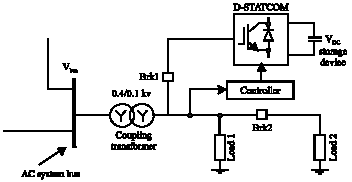
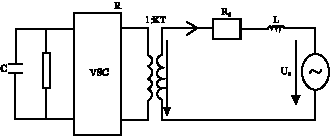

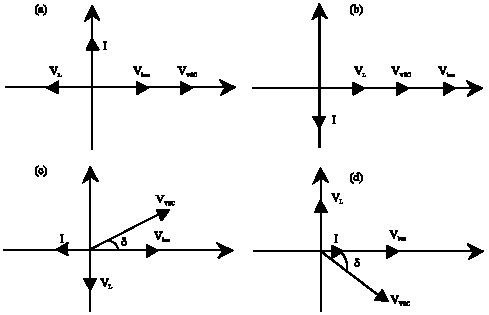

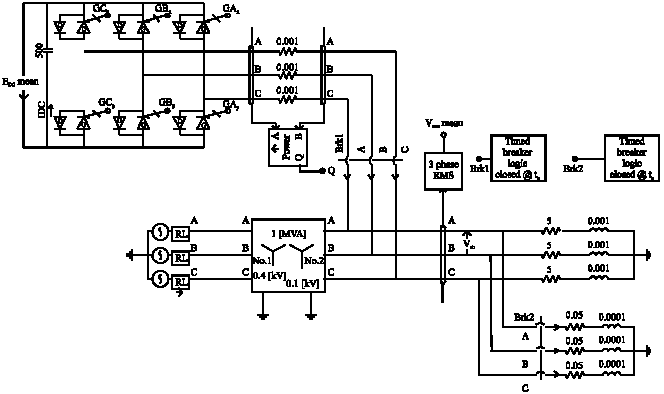
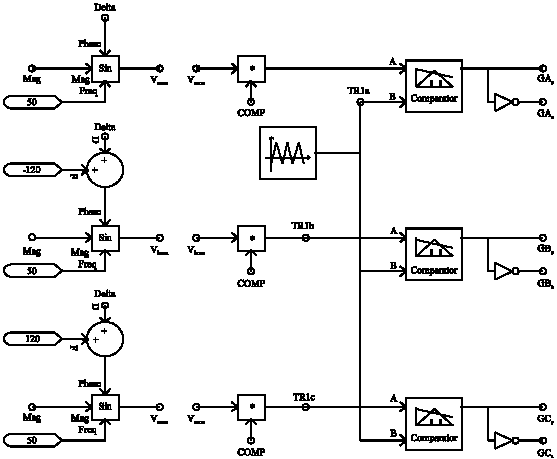

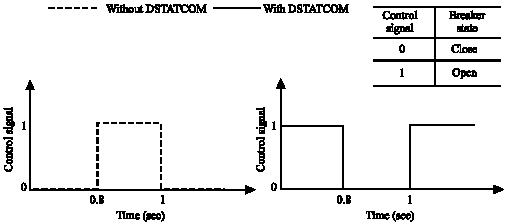
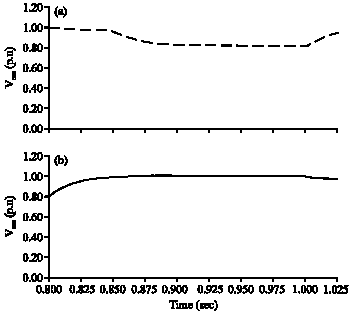
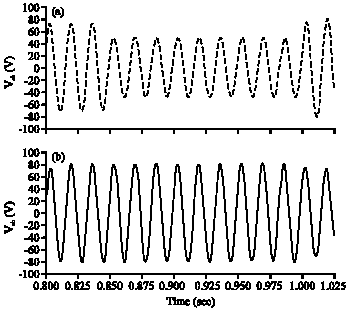
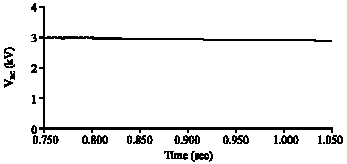

arash Reply
hi;
I want to know how did you control D-STATCOM?
and your control is in witch part ?
BR.
Arash.